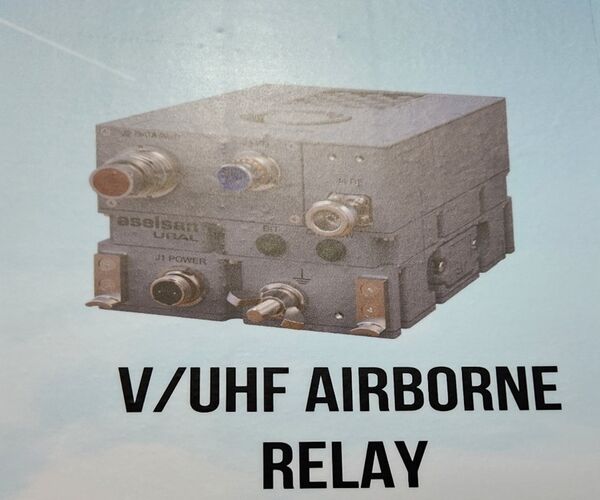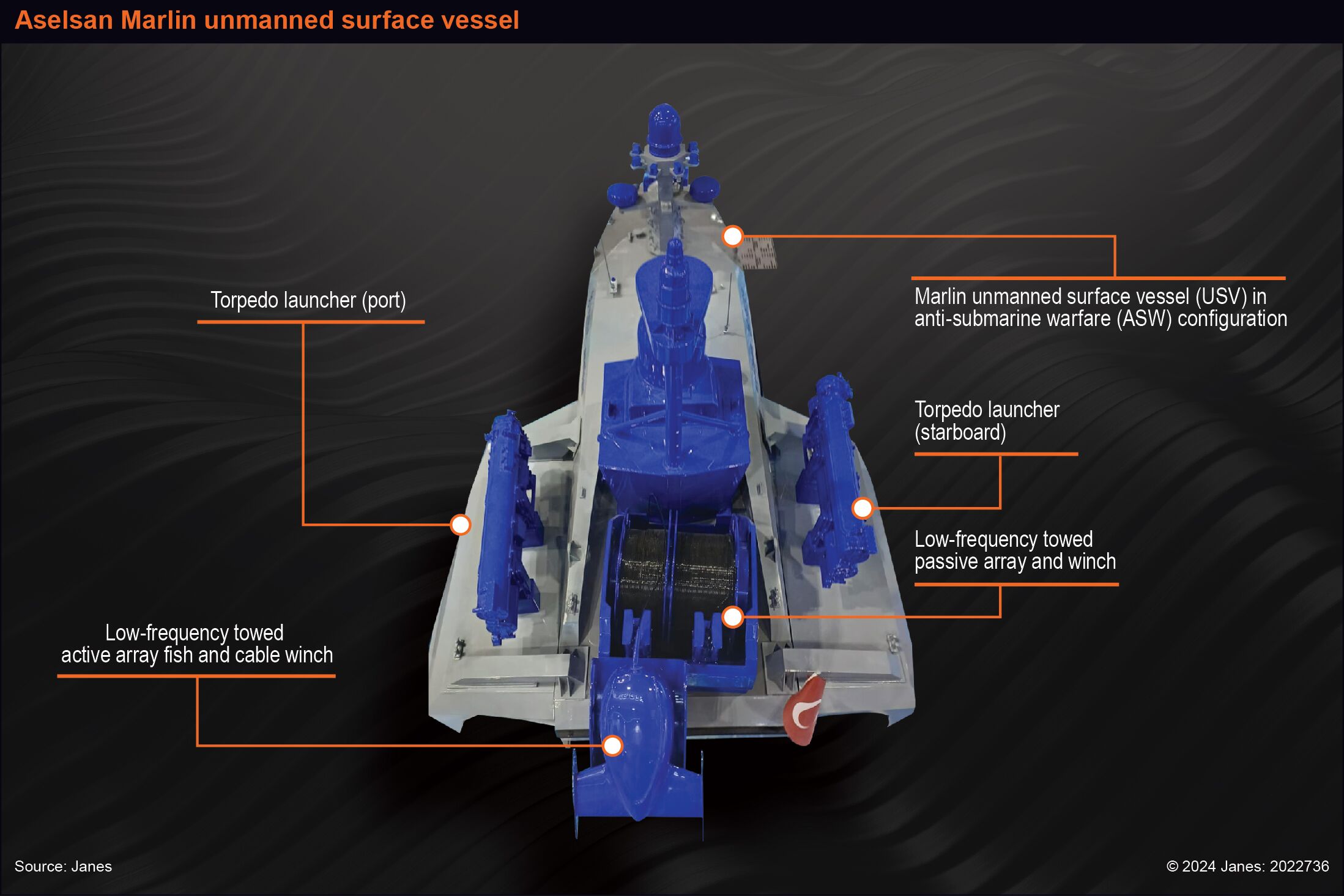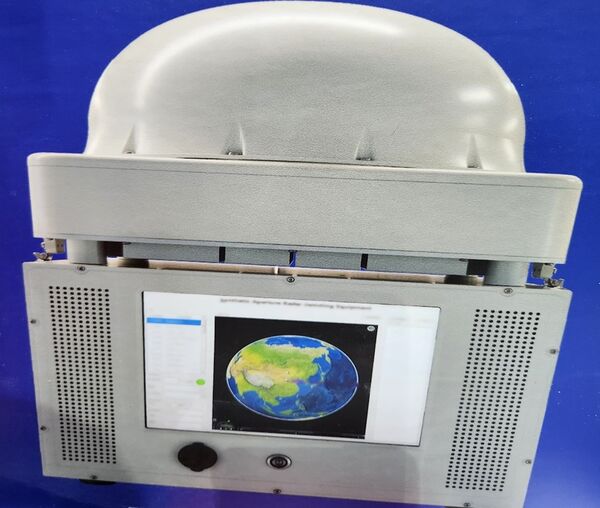- About
- Intara
- Capabilities
- Advisory
- Resources
- News
- Store
Puzzle pieces: Washington eyes path ahead for homeland cruise missile defence
13 September 2022
by Ashley Roque


A Patriot M903 launcher station assigned to 5th Battalion, 52nd Air Defense Artillery Regiment, during Exercise ‘Arctic Edge 2022' at Eielson Air Force Base, Alaska. This defence capability could be included as part of a US homeland cruise missile defence architecture. (USAF)
Reports of Russian Tu-95 aircraft and submarines launching cruise missiles to strike targets in Kyiv, Dnipro, Vinnytsia, and Odesa filled US news reports throughout 2022, offering momentary insights to a conflict on another continent.
Accompanying images of smouldering buildings are the incremental announcements from countries pledging to send an array of weapons to Kyiv, including a promise from Washington to deliver eight National Advanced Surface-to-Air Missile Systems (NASAMS) during the coming years. Pentagon leaders contend that this weapon system will help the Eastern European country defend itself against incoming cruise missiles, unmanned aerial vehicles (UAVs), helicopters, and other aircraft.
DSA 2024: Aselsan unveils radio relay system
08 May 2024
by Rakend P


An image of the URAL radio relay system on display at DSA 2024. (Janes/Rakend P)
Turkish company Aselsan has unveiled its latest radio relay system at the Defence Services Asia (DSA) 2024 exhibition held in Kuala Lumpur from 6 to 9 May.
The system, known as URAL, is an airborne software-defined radio relay operating in the very/ultra-high frequency (V/UHF) band.
URAL is designed for unmanned aerial vehicles (UAVs) and other airborne platforms for surveillance, reconnaissance, and mapping applications.
It utilises Aselsan's advanced network waveform features to achieve the high throughput data rate.
The VHF and UHF bands are incorporated in a single unit to reduce the system's size and weight to meet the low size, weight, and power (SWaP) requirement of UAVs. The company told Janes that older radio relays are available in single band only, either VHF or UHF frequency.
Aselsan's representative did not disclose the modulation type, data rate, and the waveforms incorporated in the system at the time of publication. Based on Janes
DSA 2024: Aselsan showcases Marlin USV in ASW configuration
08 May 2024
by Vinod Kumar CV


An infographic of Aselsan's Marlin USV, which is on display at DSA 2024. (Janes)
Turkey's Aselsan has for the first time displayed its Marlin unmanned surface vessel (USV) in its full anti-submarine warfare (ASW) configuration.
In this configuration – on show at the Defence Services Asia (DSA) 2024 exhibition in Kuala Lumpur from 6 to 9 May – the USV is integrated with the Mini-Düfas low-frequency active towed array and passive towed sonar system. Aselsan aims to operationalise the mini version of its Düfas towed active sonar for USVs, called Düfas-M, in 2024.
Tests on hardware components are under way, with sea trials on a Marlin USV set for the second half of 2024. Düfas features both active and passive arrays and detection and tracking capabilities.
Speaking to Janes on 7 May, Suat Ekmen, Aselsan's Asia-Pacific manager, said, “The specifications including operating frequencies of the array and the towed cable length are kept confidential since the system is at the final stage of development.”
DSA 2024: Chinese manufacturer showcases aperture radar jammer
07 May 2024
by Rakend P


An image of the SAR jamming system on display at QuanLian's booth at DSA 2024. (Janes/Rakend P)
Chinese manufacturer QuanLian T&E (Hainan) International Trade Co Ltd showcased a jamming system for synthetic aperture radars (SARs) at the Defence Services Asia (DSA) 2024 exhibition held in Kuala Lumpur from 6 to 9 May.
This is the first time the system is displayed outside the home country, the manufacturer informed Janes .
The system counters SARs and reduces the probability of detection. It provides warning of SAR transmissions and jams it. The equipment is designed for protection against X-band frequencies (8–12 GHz).
It consists of an antenna module and a signal processing module and can operate in electronic support (ES) and electronic attack (EA) modes. The ES receiver of the system continuously monitors SAR signal emissions in the X-band and provides the SAR reconnaissance warning.
The ES receiver has -60 dBm sensitivity to detect SAR emissions with 360º azimuth coverages.
The EA system jams the SAR systems using a coherent suppression method. The jammer also operates in X-band frequencies with a bandwidth of 1 GHz.
Representatives of QuanLian told
Reports of Russian Tu-95 aircraft and submarines launching cruise missiles to strike targets in Kyiv...
Latest Podcasts
Using OSINT to support law enforcement
Ritu Gill, Intelligence Analyst, joins Harry and Sean to discuss the practical use of OSINT to support law enforcement. Ritu discusses it’s use in supporting risk assessments and classified or closed sources of intelligence. She also discusses t...
Listen nowJanes Case Studies
Using Janes Intara to build a common intelligence picture: Russian build up on the Ukrainian border
View Case StudyNews Categories
 Air Details
Air Details